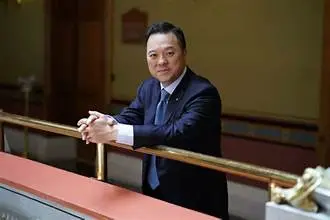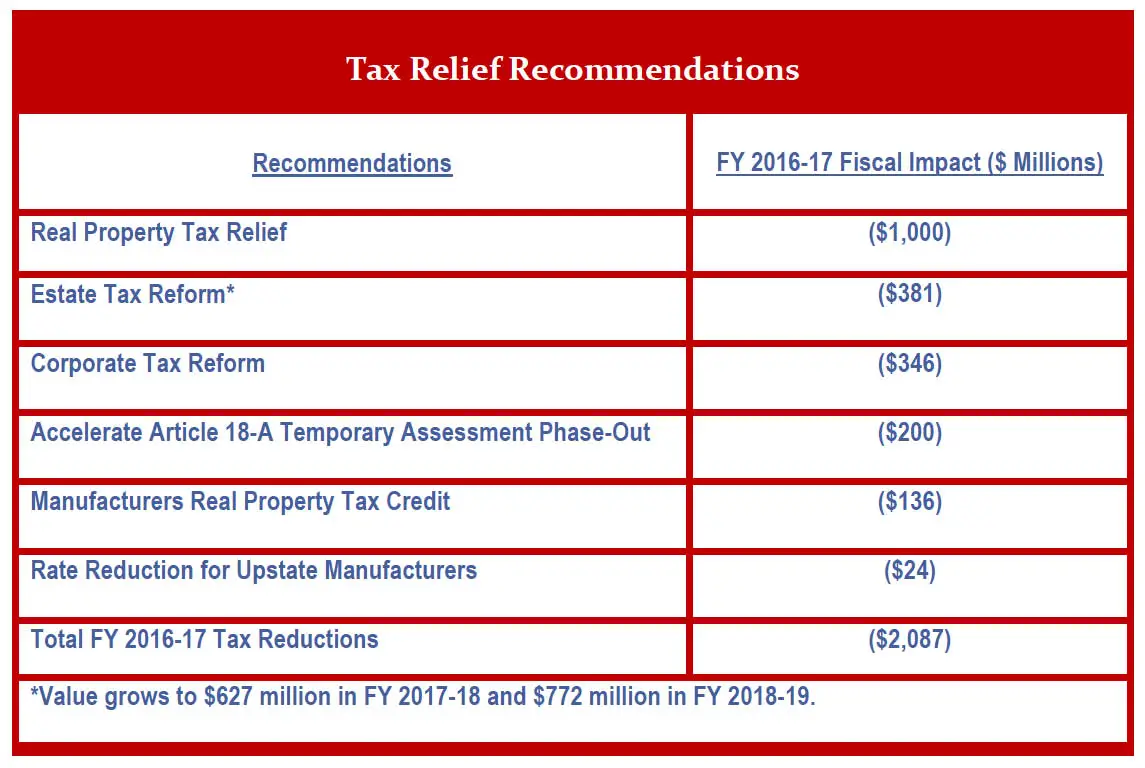In a third annual round of state funding awards in Albany, the mid-Hudson Valley region this month received a substantially smaller total award from a somewhat smaller state pot of capital grants, tax-free bonds and employer tax credits to spur job creation and economic development across the state.
A best-plan winner in 2012 among 10 regional councils competing for state funds, the Mid-Hudson Regional Economic Development Council this year received $59.6 million from state agencies for 87 public and private projects in the seven-county region, the second lowest total in the state. New York City was awarded $57.4 million.
Last year”™s top award winner, the Finger Lakes regional council, fared not much better than the mid-Hudson region this year, receiving $59.8 million as Gov. Andrew Cuomo announced $715.9 million in awards statewide at a Dec. 11 presentation in Albany.
The mid-Hudson award share amounted to about 8 percent of the state total this year, compared with approximately 13 percent last year. The region also received an approximately 8 percent share of state funding in 2011.
The state”™s funding pot was reduced this year from $738 million in 2012 and from $785 million in 2011, the first year of Cuomo”™s competitive regional council initiative. In the seven-county mid-Hudson region, 84 projects last year were awarded a total of $92.8 million. The region was awarded $67 million for 61 projects in 2011.
Marsha Gordon, president and CEO of The Business Council of Westchester and a Mid-Hudson Regional Economic Development Council member, said a “positive thing” from the awards announcement is $1 million in funding for the White Plains Multimodal Transportation Center, an approximately $1.7 million planning project led by the city of White Plains to redevelop the city”™s Metro-North Railroad station and downtown transportation hub to serve all modes of travel and to maximize the area”™s economic development potential.
“It”™s very key to our area,” Gordon said. The regional council selected the White Plains application as a priority project related to the council”™s strategy to revitalize the region”™s infrastructure.
Gordon also pointed to the state”™s $1 million award to SUNY New Paltz to establish a national center for 3-D printing at the Hudson Valley Advanced Manufacturing Center on the New Paltz campus. “I think it will have a very positive effect on this entire region,” Gordon said of the $14.26 million 3-D initiative, the regional council”™s top priority project in its strategy to invest in technology to stimulate economic growth. “It will spawn a new industry.”
The state funding will support the university”™s purchase of state-of-the-art 3-D printing equipment for use by students and area entrepreneurs. A spokesperson for the Hudson Valley Economic Development Corp. (HVEDC) in New Windsor said the 3-D printing project stands to receive an additional $1 million in private and corporate funding. That includes $250,000 in private investments from businessman Sean Eldridge, a founding partner this year of the Hudson Valley Advanced Manufacturing Center, $250,000 from Central Hudson Gas & Electric, the regional utility, and a commitment of $500,000 in venture capital to help launch new 3-D printing enterprises in the region from Hudson River Ventures L.L.C., a regionally focused small business investment fund in Kingston founded by Eldridge in 2011.
HVEDC has focused this year on coordinating the creation of a 3-D manufacturing industry in the region. Laurence P. Gottlieb, president and CEO of HVEDC, called the state award “a major step forward for both SUNY New Paltz and the business community across our region.”
“3-D printing is one of the most exciting technologies to be developed over the past decade, and the Hudson Valley has a tremendous opportunity to become a hub for this new industry sector,” Gottlieb said in a prepared statement.
The state also awarded $1.5 million for the Kingston Connectivity Project, an infrastructure improvements project by the city of Kingston to design and build a rail trail network for bicyclists, pedestrians and other non-motorists. The project is expected to reduce tragic congestion and fossil fuel emissions in the city.
Long Island and three upstate regions received the largest shares of state funding as top performers in this year”™s awards competition.
Long Island, focused this year on recovery from Hurricane Sandy, was awarded $83 million. The Capital region, whose economic development council has helped make the Albany area a global leader in nanotechnology research and development, was awarded $82.8 million. The Mohawk Valley was awarded $82.4 million and projects in the North Country region stand to receive $81.3 million from Albany.
The full list of awards and projects is available at http://regionalcouncils.ny.gov/assets/documents/2013REDCBooklet.pdf.





















